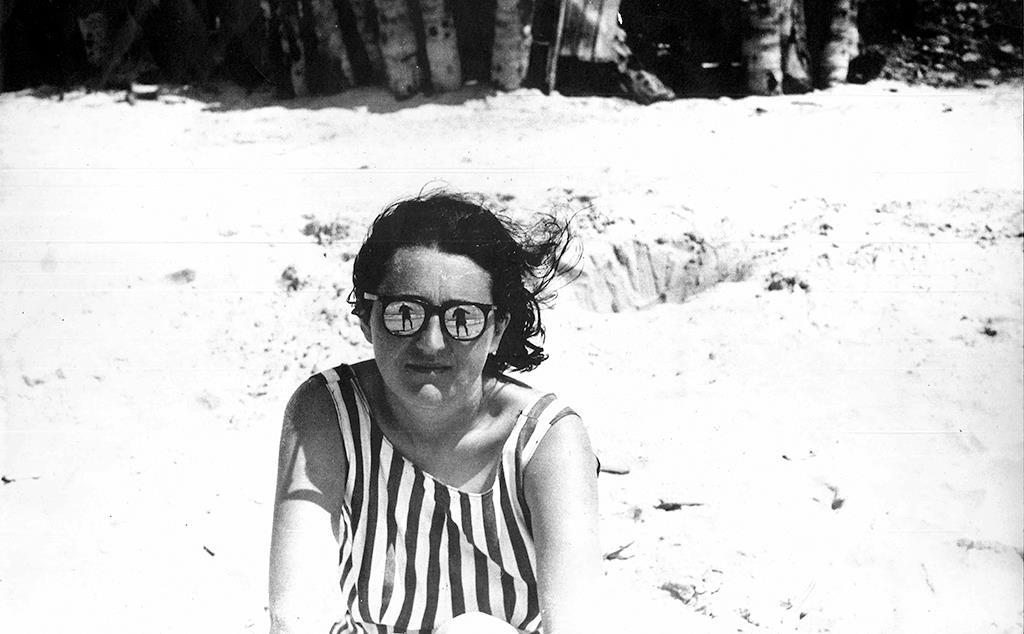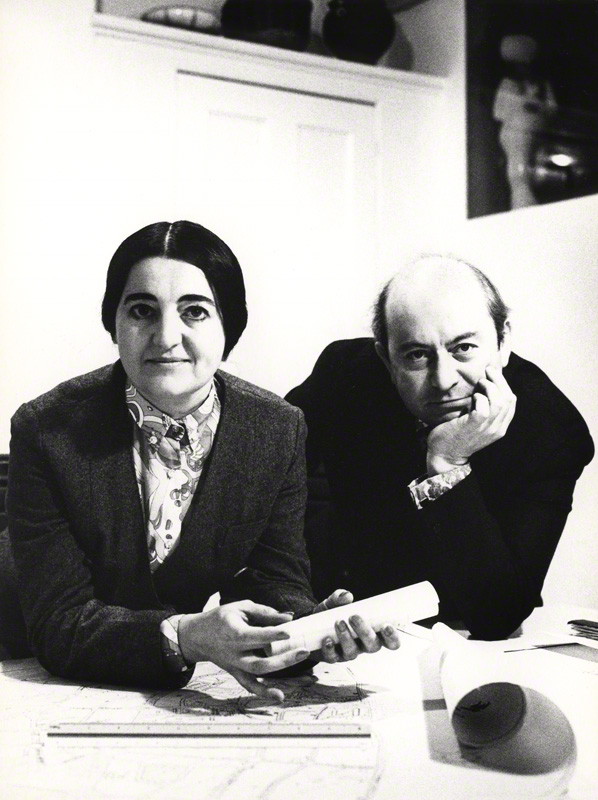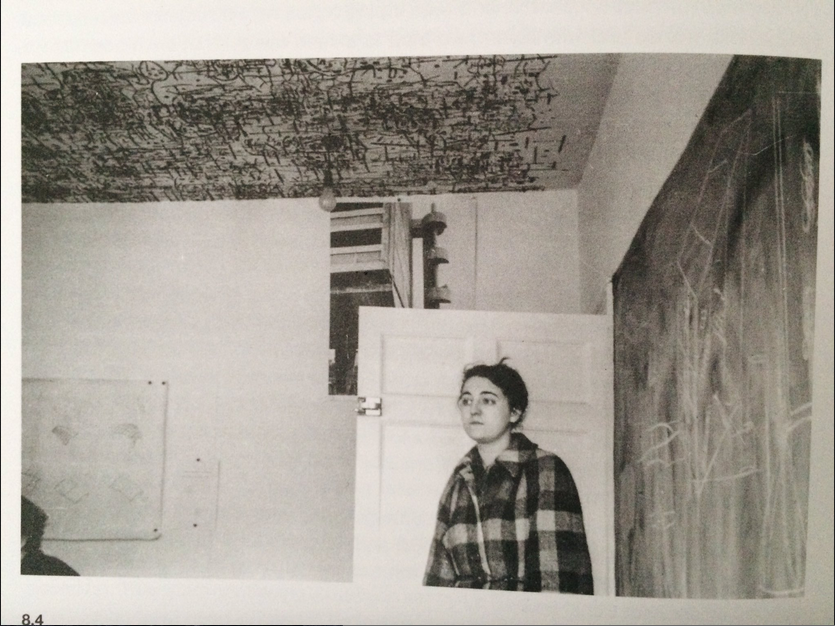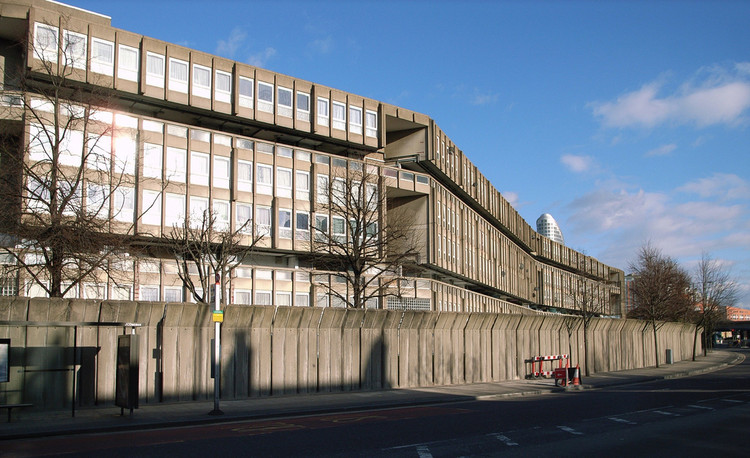Icon: Alison Smithson
Words by Kate Schneider
Alison and Peter Smithson, the New Brutalist architectural coupling best known for Robin Hood Gardens with their streets-in-the-sky, understood that ‘the history of the architecture of the century is the history of a conversation’. Yet despite her indisputable influence on, and contribution to, this conversation, Alison Smithson’s voice has been eclipsed. There are the familiar tiresome complaints lodged against vocal women: ‘shrill’, ‘bossy’ and intimidatingly dressed, compounded by a macho championing of the ‘sexy severity’ of Brutalism’s concrete exteriors. But Smithson’s side lined writings illuminate an important, often misunderstood aspect of Brutalism: its interest in accommodating and adapting to the real experiences and desires of ordinary people.
A series of photographs capture Smithson’s unique and particular relationship to both the domestic sphere and the architectural avant-garde: in one, she breakfasts, cat-on-lap at the Smithsons’ weekend home Upper Lawn — a stark, box-like pavilion exposed to the elements — set against a backdrop of snow; in another, she is caught candidly in a stylish checked coat under an exposed light bulb and ceiling wallpapered with Paolozzi and Henderson’s frenetic prints; and again, working at a fold-up desk in sunglasses and striped jumpsuit, with her daughter in her transportable cot, just in frame. These images are a clue to Smithson’s refusal to accept the stale yet pervasive idea that having a family is incompatible with experimentation and creativity.
In Smithson’s many writings we find historically female and feminine spaces that accommodate the unconventional, and bravely make public the intimate scenes of the lives of single and married women. In her 1966 novel A Portrait of the Female Mind as a Young Girl, Smithson’s provincial teenage protagonist spends most of her time in bed, making up dredging daydreams about boyfriends to escape her room’s oppressive furniture and petrified-sick wallpaper. Another project, AS in DS: An Eye on the Road (1983) is a washed-out pink volume in the shape of the spaceship-like Citröen DS. A collaborative car-diary, it is compiled from scrappy contributions from the whole family, made in their ‘living room on wheels’. It records a haptic experience of puffed up mackerel skies, slurp-shapes and dust-mixed colours, and misty motorway services. For Smithson, everyday life was an opportunity for serious play and intellectual consideration, feeding back into her professional built projects; these were experiments in an iconic art of inhabitation.
Kate Schneider is a PhD student based in Cambridge working on the relationship between 1950s and 60s writing and architecture. In her free time, she is researching the cultural history of the swiss roll.
Twitter/Instagram: @sonicteeth
Robin Hood Gardens, residential estate in Poplar, London





